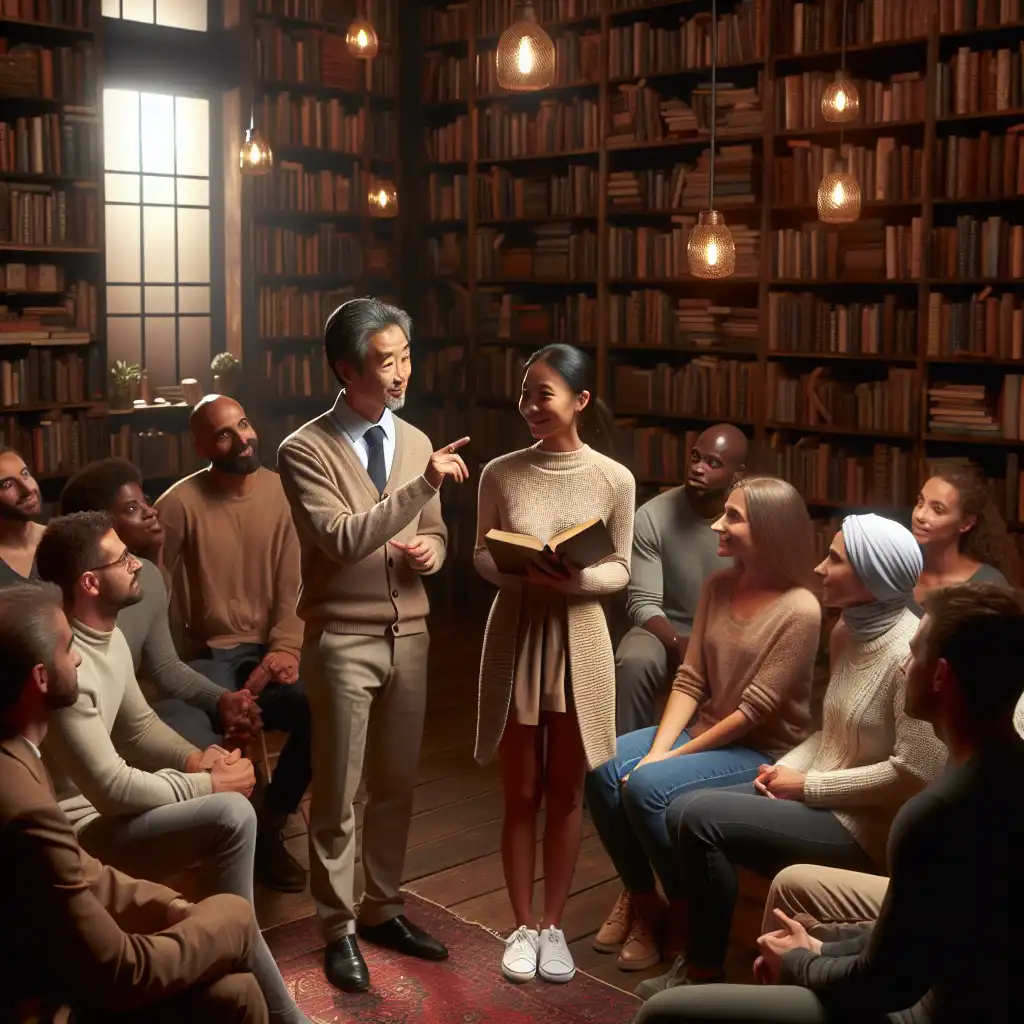
Take a/the hint
Indirect Signals
Look for non-verbal cues like body language, tone, or facial expressions that imply a hint.  His constant glances at the door were my cue to take the hint and head home.
His constant glances at the door were my cue to take the hint and head home.
Context Matters
Consider the situation and relationship to accurately interpret the hint being given.  During the meeting, her subtle nod towards the clock helped me take the hint to wrap up.
During the meeting, her subtle nod towards the clock helped me take the hint to wrap up.
Subtle Communication
Hints are often conveyed through choice of words or how something is said, rather than what is said.  When he emphasized 'some of us,' I took the hint that I was talking too much.
When he emphasized 'some of us,' I took the hint that I was talking too much.